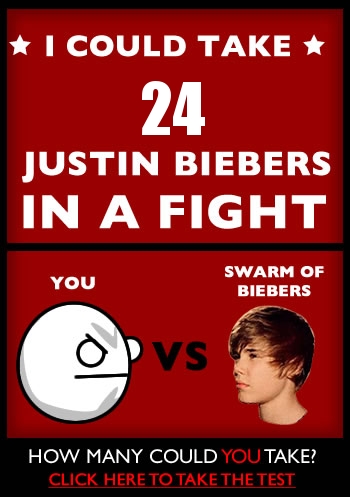 In the Downtown Disney Marketplace there’s a store called Once Upon a Toy. One of the areas inside of the store sells various loose Mr. Potato Head parts: Disney themed parts, Star War themed parts, Halloween parts — almost anything you can imagine. Some parts, like the eyeballs, are small. Other parts, like the arms, are larger. And yet others, like the hats and the shoes, are large. They sell parts by a box: pick up an empty cardboard box, fill it with whatever parts strike your fancy, and, as long the box closes, it is $20.
In the Downtown Disney Marketplace there’s a store called Once Upon a Toy. One of the areas inside of the store sells various loose Mr. Potato Head parts: Disney themed parts, Star War themed parts, Halloween parts — almost anything you can imagine. Some parts, like the eyeballs, are small. Other parts, like the arms, are larger. And yet others, like the hats and the shoes, are large. They sell parts by a box: pick up an empty cardboard box, fill it with whatever parts strike your fancy, and, as long the box closes, it is $20.
A kid let loose to pick his own parts may grab a few of the larger pieces, the hats and such, put them in a box and find out that there is no more room for anything else. So for 20 bucks, that kid may get 6 different parts. This is what the store hopes you will do.
A seasoned or a frugal shopper will approach the problem with a little more sophistication, strategically picking a mix of small, medium and large parts to optimize the box space. This shopper may end up with a mix of about a dozen parts or more. Not exactly what the store wants, but I’m sure they still make money.
The other day, a client, new to Agile, asked me for help to understand the concept of estimating in points and how to translate story points to hours / dollars — a common request. As I was thinking about a good way to explain points, I remembered my Disney World trips. The analogy of the Mr. Potato Head box is what makes translating points into dollars tricky. How much an Agile team accomplishes in a week, how many stories and points you get for your 20 dollars, it all depends on the level of the team’s sophistication, on their velocity.
Think of the user stories as loose Mr. Potato Head parts each worth 1, 3 or 5 points (depending on the size) and of a sprint as one cardboard box. A sprint, just like the box, can hold a finite number of parts (user stories), resulting in a finite number of points. Exactly how many depends on your teams’ ability to optimize the box space — the team’s velocity. Early in the process, they probably can only figure out how to put 6 pirate hats (5 points each) into the box, accomplishing 30 points. As they get smarter and start figuring things out, they may realize that if, instead of a pirate hat for 5 points, they get 2 medium arms (each worth 3 points), they can actually complete more. And because of the shape of the arms, 2 arms leave even some room for 2 more eyeballs (1 point each) for a total of 8 points now. So suddenly, instead of 30 points, you are getting 33 points in one box.
Unfortunately, there may come a sprint when you really want that tall and pointy Mickey’s Wizard hat, which takes up much of the box, leaving very little room for anything else. Some sprints you win, some sprints you lose. At the end of the day, your box of a sprint still costs you 20 dollars, regardless of how many parts you manage to walk away with. And if you’re really concerned with how much each size part cost after all, just look at the average velocity. But only after a healthy number of good, clean boxes of parts.
Number of hours in a sprint divided by the average sprint velocity should give you the number of hours per story point.
What do you think? Does this analogy work?
Filed under: Consulting, Project Management | Tagged: agile, Project Management, projects | 3 Comments »






 In the Downtown Disney Marketplace there’s a store called Once Upon a Toy. One of the areas inside of the store sells various loose Mr. Potato Head parts: Disney themed parts, Star War themed parts, Halloween parts — almost anything you can imagine. Some parts, like the eyeballs, are small. Other parts, like the arms, are larger. And yet others, like the hats and the shoes, are large. They sell parts by a box: pick up an empty cardboard box, fill it with whatever parts strike your fancy, and, as long the box closes, it is $20.
In the Downtown Disney Marketplace there’s a store called Once Upon a Toy. One of the areas inside of the store sells various loose Mr. Potato Head parts: Disney themed parts, Star War themed parts, Halloween parts — almost anything you can imagine. Some parts, like the eyeballs, are small. Other parts, like the arms, are larger. And yet others, like the hats and the shoes, are large. They sell parts by a box: pick up an empty cardboard box, fill it with whatever parts strike your fancy, and, as long the box closes, it is $20.

 I work here
I work here LinkedIn
LinkedIn
